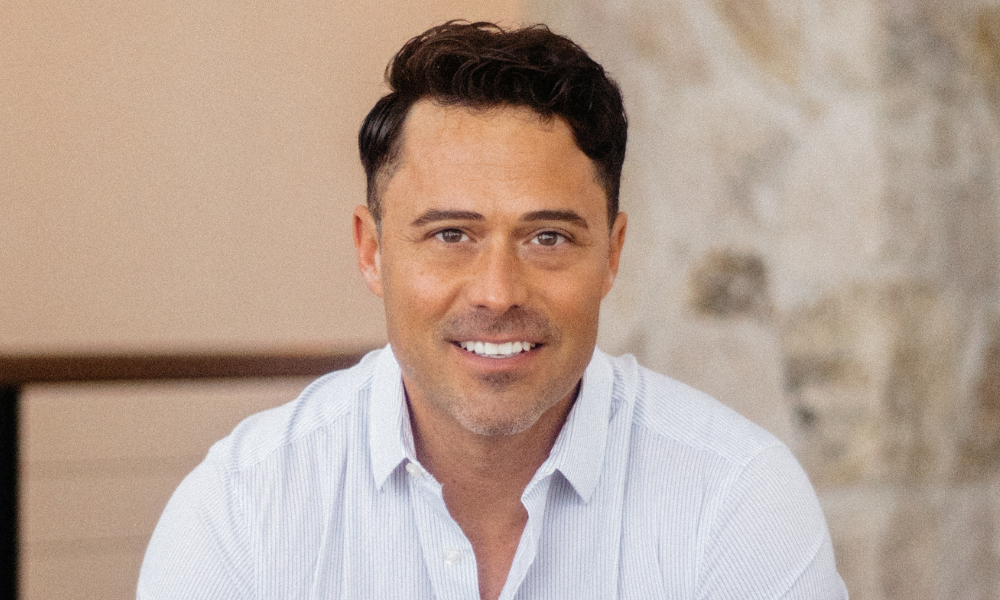Markets dive after Trump imposes 104% China tariff; S&P 500 and Nasdaq extend losing streak

On Tuesday, the S&P/TSX Composite Index fell by 352.56 points, or 1.5 percent, to close at 22,506.90. The decline was led by energy stocks, which dropped after crude oil prices fell below US$60 per barrel.
According to BNN Bloomberg, the energy index was down almost five percent.
The Canadian dollar traded for 70.44 US cents, compared with 70.29 US cents on Monday.
In commodities, the May crude oil contract declined US$1.12 to US$59.58 per barrel, while the May natural gas contract fell 19 US cents to US$3.47 per mmBTU.
The May copper contract dropped five US cents to US$4.14 per pound. The June gold contract rose US$16.60 to US$2,991.10 an ounce.
North American equity markets closed lower for a fourth straight session, reversing gains from earlier in the day. The S&P 500 ended the session down 79.48 points, or 1.6 percent, at 4,982.77.
The Nasdaq Composite lost 335.35 points, or 2.2 percent, to 15,267.91. The Dow Jones Industrial Average declined 320.01 points, or 0.8 percent, to 37,645.59.
“The rollercoaster continues, and really driven by the headlines once again,” said Angelo Kourkafas, senior investment strategist at Edward Jones.
Markets have fallen since last Thursday, following US President Donald Trump’s sweeping round of tariffs on a wide range of countries.
China pledged retaliation, and on Tuesday, Trump announced a 104 percent tariff on imports from China.
“The markets are absorbing the impact of the tariffs on the global economy, on oil prices, trade, GDP growth in various countries, as well as on GDP growth globally,” said Anish Chopra, managing director with Portfolio Management Corp.
Before the tariff announcement, global markets had rallied, including Asian and European indices.
Following the latest development, stocks began paring back gains and continued descending into the red.
According to Kourkafas, investors should expect more tariff-related headlines in the coming weeks, with the possibility of other countries following China’s lead in retaliation.
Trump stated on social media, “We are likewise dealing with many other countries, all of whom want to make a deal with the United States.”
Chopra said this created some investor optimism about the potential for more agreements and reduced impact on the global economy.
Volatility surged, with the Cboe Volatility Index (VIX) climbing more than 20 points for the second consecutive session and closing at 52.24—the highest level since April 2020.
The VVIX Index also closed above 170, the highest since early August, as demand for VIX options rose amid increased intraday swings in the S&P 500.
“While the VIX looks high relative to realized volatility metrics, part of the reason is that realized vol misses the extent of the intraday volatility seen the last few days,” said Rocky Fishman, founder of the research firm Asym 500.
Equity markets have declined since Trump’s April 2 announcement of tariffs on countries worldwide, raising concerns over a global recession.
As selling pressure mounted, The Globe and Mail consulted Sid Mokhtari, CIBC’s chief market technician, who noted that 59 percent of S&P 500 members have declined more than 20 percent from peak-to-trough, up from 40 percent a few weeks ago.
In the Russell 2000 Index, over 86 percent of constituents are down more than 20 percent, which Mokhtari interpreted as a capitulatory zone.
Mokhtari observed a “very visible top pattern” forming in the TSX, marked by a negative divergence in RSI and other indicators, which he associated with a head-and-shoulders top reversal.
“I don’t have a lot of conviction for the TSX Index to be able to hold its relative outperformance.”
While commodity-related sectors like gold and natural gas are still performing, Mokhtari expects these areas to eventually weaken, dragging the TSX lower.
He projected a downside range for the TSX between 22,250 and 21,750.
For the S&P 500, Mokhtari cited key support between 4,700 and 4,800, consistent with a longer-term secular bull market trend despite the current downturn.
“We are building the foundation of what I think is a good tactical bottom. I don’t know if it’s the bottom.”
He noted that for a rebound to be confirmed, markets need a reversal day, a confirmation day showing momentum and volume, and a breadth thrust with 80 to 90 percent of constituents rallying.
As part of his monthly stock screen, Mokhtari shared his April Top 10 ideas from the S&P/TSX Composite Index.
These included ARC Resources Ltd., Choice Properties REIT, Definity Financial Corp., Dollarama Inc., Empire Co. Ltd., Fairfax Financial Holdings Ltd., Keyera Corp., Stantec Inc., TC Energy Corp., and Waste Connections.
Fairfax remained on the list due to its performance on low volatility and yield indicators.
He also highlighted ARC Resources, Keyera, and TC Energy as natural gas-related names that continue to lead within the energy sector.



